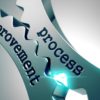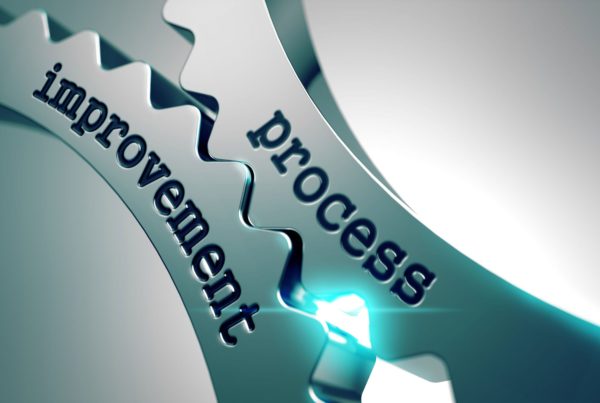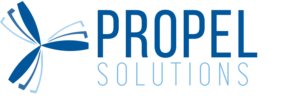By: Amrit Morsara
Increasingly, meetings are starting to fill more and more of our workdays. Meetings tend to make everyone within an organization feel busy, but often little progress is made on the objectives at hand. Meetings can often get out of hand with many individuals attending simply for the donuts and coffee, and others being unprepared rendering the meeting pointless. Having a culture where a lot of time is spent in meetings can negatively impact the ability of an organization to make quick and effective decisions.
The very first step is to evaluate if a meeting is required or if a simple email communication will get the point across. Here are 5 simple steps for creating more efficient and effective meetings.
- Make your objective clear:
A well-developed agenda may seem cumbersome to develop, but will inevitably save time in the long run as your objectives will be clear. The agenda should include key points and decisions that need to be covered with a corresponding timeline. This agenda should be e-mailed to all attendees well in advance to ensure all parties are aware. Briefly review this agenda at the beginning of the meeting to set the expectations.
- Start and end on time:
Starting and ending meetings on time ensures your attendees know that their time is valuable. Start as soon as you are scheduled to and do not wait for latecomers. The meeting will need to comply with the topics and allocated time. Make sure that you move the meeting forward. If there are certain items that are taking longer, take note of the issue. After the meeting you can create a plan to best address the issues or comments raised.
- Short and effective meetings:
If you routinely have one hour meetings try to challenge yourself and schedule 30 minute meetings. Meetings routinely drag out as individuals try to fill the allotted time with off topic discussion. This can be detrimental to the objectives you are trying to achieve. Meetings need to be as brief as possible to avoid circular arguments and discussions that do not add to the decision.
For maximum efficiency do not schedule meetings for longer than an hour!
- Be selective of who is invited:
Do not invite people for the sake of inviting people. Meeting organizers need to critically analyze who is required. Not having the right people or too many people can easily derail a meeting objectives. Also, there should be thought put into whether all members of a particular team need to be invited or perhaps one individual can attend as a representative and report back. Thought must also be given to individuals that need to be informed of the meeting outcomes, but can easily be updated by e-mail.
If you can reduce your attendee list by 2 for an hour long meeting that occurs bi-weekly, that gives half a day of productivity time back to the employee each month.
- Follow up:
Within 24 hours of the meeting, a memo highlighting what was accomplished should be e-mailed to all attendees. This is to clarify any misinterpretations and ensure all attendees are on the same page. This should also be used to document specific tasks to owners with deadlines. You will need to follow up with the owners of the tasks prior to the next meeting.
Do not assume that attendees will remember or complete a task. It is your responsibility to meet the objectives through ensuring tasks assigned are completed.
What is your favourite effective meeting tactic? Do you have other tools that you can share? Please let us know in the comments below.








